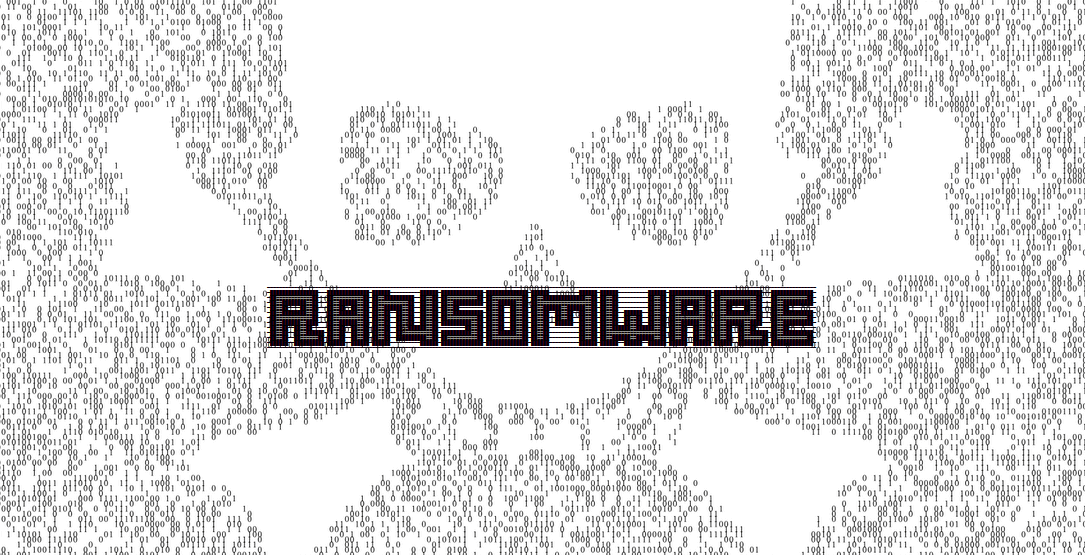LockFile is a new ransomware family that emerged in July 2021 following the discovery in April 2021 of the ProxyShell vulnerabilities in Microsoft Exchange servers. LockFile ransomware appears to exploit the
ProxyShell vulnerabilities to breach targets with unpatched, on premises Microsoft Exchange servers, followed by a
PetitPotam NTLM relay attack to seize control of the domain.
In this detailed analysis of the LockFile ransomware, we reveal its novel approach to file encryption and how the ransomware tries to bypass behavior and statistics-based ransomware protection.
This article discusses the following key findings in depth:
- LockFile ransomware encrypts every 16 bytes of a file. We call this “intermittent encryption,” and this is the first time Sophos researchers have seen this approach used. Intermittent encryption helps the ransomware to evade detection by some ransomware protection solutions because an encrypted document looks statistically very similar to the unencrypted original.
- Like WastedLocker and Maze ransomware, LockFile ransomware uses memory mapped input/output (I/O) to encrypt a file. This technique allows the ransomware to transparently encrypt cached documents in memory and causes the operating system to write the encrypted documents, with minimal disk I/O that detection technologies would spot.
- The ransomware doesn’t need to connect to a command-and-control center to communicate, which also helps to keep its activities under the detection radar.
- Additionally, LockFile renames encrypted documents to lower case and adds a .lockfile file extension, and its HTA ransom note looks very similar to that of LockBit 2.0.



